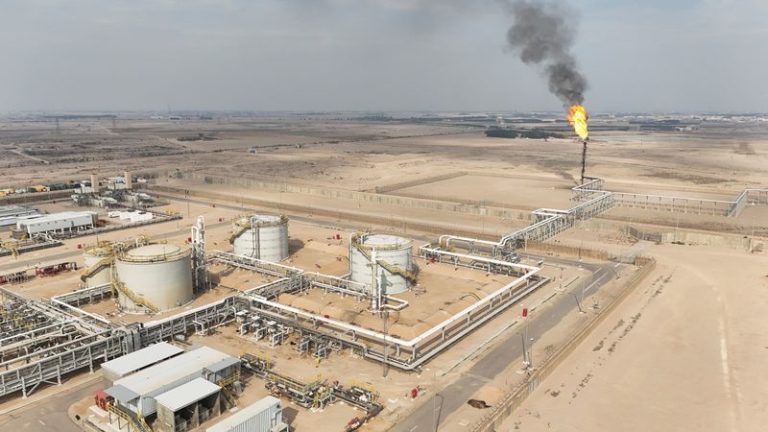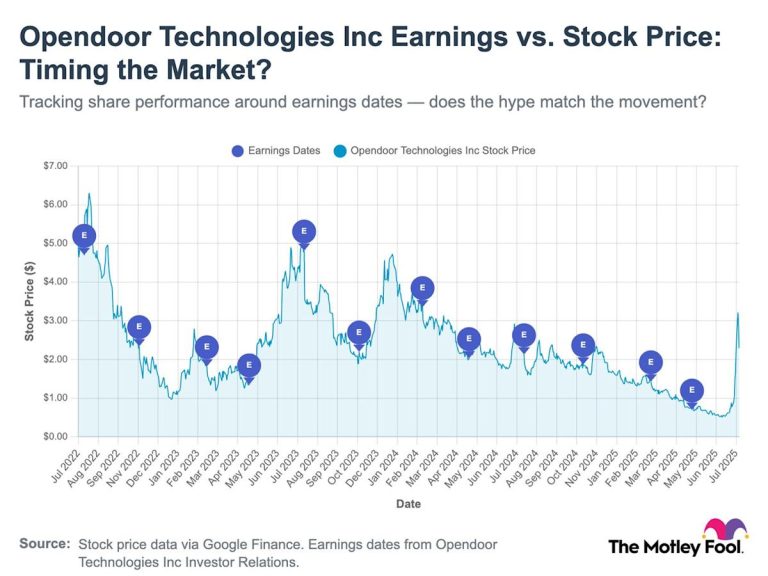Despite increasing domestic coal production and the national renewable energy (RE) push, India’s coal import burden has been increasing steadily. The quantity of thermal coal imported by India increased by 58% and the money spent increased by 124% between 2013 and 2023, due to volatile coal prices and the depreciation of the rupee, according to an analysis by think tank Climate Risk Horizons.
The analysis underscores the urgent need to reduce the reliance on imported coal by accelerating RE deployment. The increase in imports is noticeable during the summer when electricity demand spikes because of cooling needs.
From April to June 2024, India imported 2.65 million tonnes (MT) of additional thermal coal per month compared to non-summer months. To meet this spike in demand with RE, the country would require about 33 GW of new RE capacity, it said.
Deploying this extra RE capacity would save India about Rs 7,025 crore each year on thermal coal imports during summer.
“Recent disruptions in international trade underscore the risks associated with importing such a large proportion of our energy via coal. India’s energy security requires weaning the country off imported thermal coal, and the most cost-effective way to do that is by boosting our RE deployment,” said Vishnu Teja, author of the report.
A concerted effort to meet RE targets by 2030 (by adding 50 GW RE per annum) can reduce coal imports to near zero, with significant savings in forex and a boost to energy security. CRH estimates that by installing 50 GW RE per annum, India could fully eliminate thermal coal imports by the end of 2029, saving about Rs 5.67 lakh in forex between 2025 and 2029.
Between 2025 and 2034, this could result in cumulative savings of at least Rs 13.9 lakh crore in forex. “India will have about 80 GW of solar cell manufacturing and 175 GW of module manufacturing capacity by 2026, putting the country in a position to indigenise our energy transition and phase out coal imports. However, even if domestic production falls short, a one-time import of solar components that then generate power for 25 years is still economically superior to importing coal on a continuous basis,” said Ashish Fernandes, CEO of Climate Risk Horizons.







